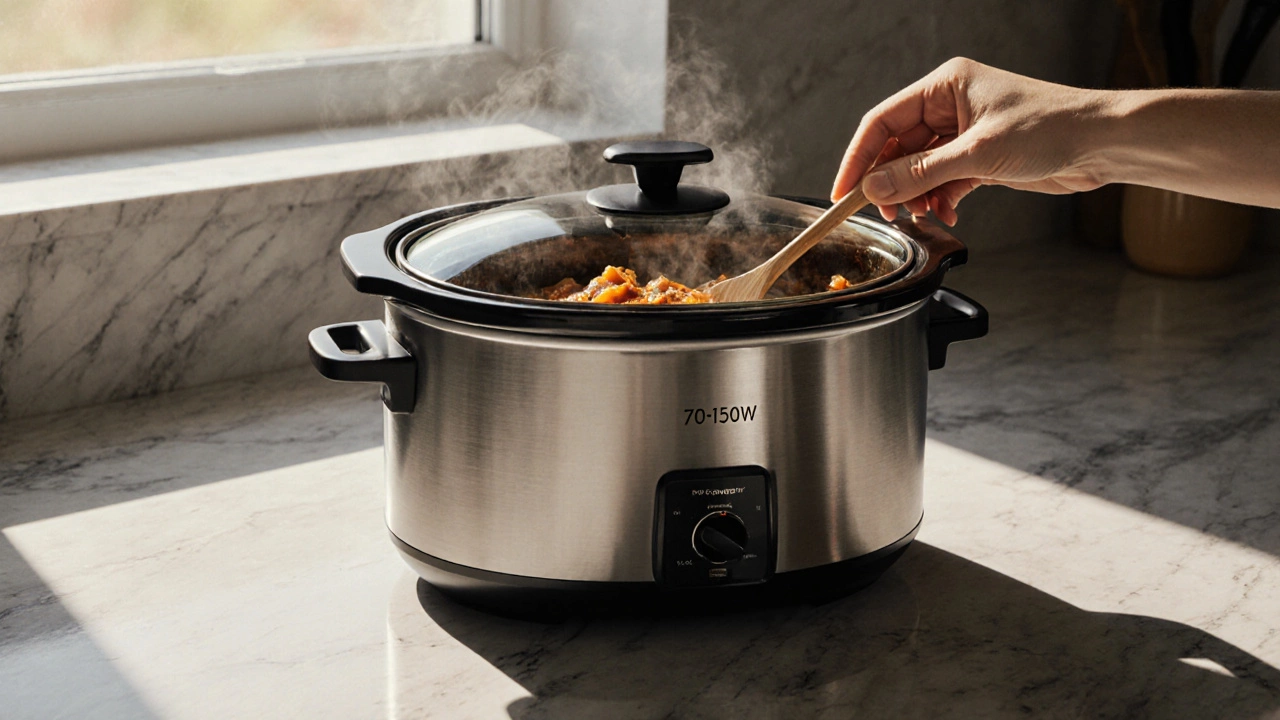Energy Consumption in Culinary Practices
When talking about Energy Consumption, the total energy used from farm to fork, including production, storage, cooking, and digestion. Also known as food energy usage, it shapes many everyday kitchen decisions.
Calories, a unit that measures the potential energy stored in food are the most direct link between what we eat and how much energy our bodies draw. Yet the story doesn’t stop at the plate. Seasonal Ingredients, produce grown and harvested at its natural peak often require less energy for transportation and storage, which lowers the overall footprint of a meal. Meanwhile, Kitchen Appliances, devices such as ovens, stovetops, and microwaves that convert electricity or gas into heat are the biggest contributors to household energy consumption during cooking.
Understanding energy consumption helps you see three clear connections: first, the calories you consume dictate how much metabolic energy your body will use; second, the power draw of appliances determines the electricity or gas bill; third, choosing seasonal produce can cut down the energy needed for transport and refrigeration. In practice, this means swapping a long‑bake casserole for a quick stir‑fry on a high‑efficiency induction stove, or replacing off‑season berries with locally grown apples that need no refrigerated shipping. These choices illustrate the semantic triple “Energy consumption encompasses calories, appliances, and seasonal ingredients,” and also show how “Energy consumption requires efficient cooking techniques” and “Seasonal ingredients influence overall energy use.”
Key Factors That Shape Kitchen Energy Use
From the moment a farmer harvests a vegetable to the instant you bite into a finished dish, energy shifts forms. The first factor is the inherent energy content of the food—high‑fat items store more kilocalories per gram, meaning you get more metabolic fuel from a smaller portion. The second factor is the method you use to unlock that energy. A pressure cooker can reduce cooking time by up to 70%, slashing the gas or electricity needed compared with a traditional pot. The third factor is timing: cooking during off‑peak hours can lower utility costs where time‑of‑use rates apply. Finally, waste matters—food that spoils or leftovers that get tossed represent lost energy that was already expended in production and preparation.
Below you’ll find a curated collection of articles that dive deeper into each of these angles. Whether you’re curious about the calorie impact of popular dishes, want to learn low‑energy cooking hacks, or are looking for ways to choose truly seasonal produce, the posts ahead give actionable insight and real‑world examples.

Do slow cookers use a lot of electricity? - Energy facts and cost guide
Find out how much electricity a slow cooker uses, compare its cost to other appliances, and learn tips to save energy while cooking.
More Detail